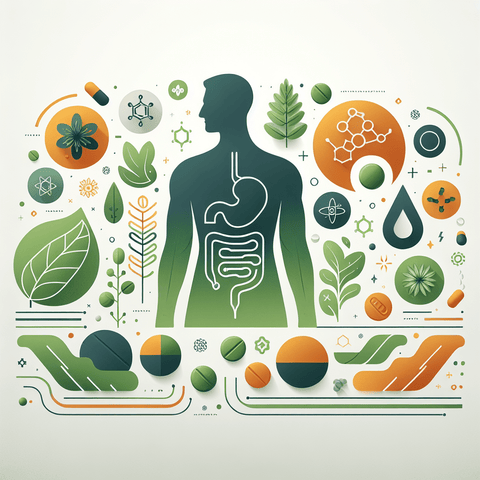Optimizing nutrient delivery is the practice of aligning the supply of minerals with absorption processes in a growing system to support robust growth. By focusing on how nutrients are taken up and distributed, you can design delivery strategies that reduce losses and improve uptake efficiency. This page presents science-backed strategies, practical tips, and fast, actionable steps for optimizing nutrient delivery in agricultural and horticultural contexts, with an emphasis on measurable results rather than claims. Key considerations include delivery pathways, chemical form and stability, and environmental controls that influence absorption. Research highlights how pH, moisture, temperature, and interactions among nutrients can shift uptake dynamics. By aligning nutrient delivery with these factors—through formulation choices, timing, and placement—you can enhance how nutrients reach their target zones within the substrate and plant system. Practical tips and fast steps: establish a baseline by recording simple uptake indicators and system outputs; inspect the delivery path for bottlenecks or heterogeneity and address any dead zones; adjust carrier media or distribution methods to improve uniformity and stability; keep environmental conditions steady and monitor key indicators for early warning signs; and plan delivery to align with growth-stage demand and system capacity. Implement these steps iteratively to support ongoing optimization of nutrient delivery. Learn more now by exploring data-driven approaches, case studies, and decision-support tools that underpin optimizing nutrient delivery. This content aims to equip practitioners with a clear, science-based framework for evaluating uptake, refining strategies, and executing fast, actionable steps.

